Kigali Genocide Memorial Center
Kigali Genocide Memorial Center.
Jan 29
Today was a dark day and it made me teary eyed. I spent the afternoon at the Kigali Memorial Center of the genocide of 1994. It was free to enter as it is a place of mourning for the locals. This is what I learned this afternoon. There will be some horrible information and graphic photos here…
*All points in “quotation marks” are direct quotations taken from the memorial.
- There are 15 mass graves, just like this one…
- One of the open graves.
Kigali Genocide Memorial Center
- The first place my eyes went to when I entered the grounds was to the mass graves where approximately 250,000 victims of the genocide are buried. There are 15 mass graves. They are cement capped tombs.
- Plaques on a wall name the victims. There are 178 plaques with ten names on each plaque. They are working to get the rest of them in place.
- There are 8 million Rwandans.
- The Germans were the first to colonize Rwanda in 1895. During the First World War, Belgian troops were stationed in Rwanda-Urundi. Following the war, in 1923 Belgium is granted a mandate by the League of Nations to govern Rwanda-Urundi.
- Under colonial rule, race comes into play when Belgium decides to introduce the identity card and thus ethnic groups are divided. Anyone with 10 or more cows is considered Tutsi. Anyone with less than 10 cows is determined to be Hutu. This distinction thereafter applies to family descendants. At this time the population is: 15% Tutsi, 84% Hutu, and 1% Twa.
- The Hutus and Tutsis had lived together in peace for centuries. Now, they were divided as ethnicity begins to determine Rwandan lives.
- The Belgians befriend the Tutsis and allowed them control to influence and govern the nation. In exchange the Tutsis pledge allegiance to Belgium. With the Tutsis favored, hatred between Tutsis and the Hutus arrived. “The Catholic Church influenced education in Rwanda. Teaching increasingly conveyed the racist ‘Hamitic’ ideology largely accepted by the church. Hamitic ideology portrayed Tutsis as a superior group.”
- Mass graves.
- Hutu Youth Militia
- In 1959, Rwandan King Rudahingwa, ethnic Tutsi, dies. Following the king’s death, the majority power from Belgium was granted to the Hutus.
- In the immediate aftermath, massacres of Tutsis were organized.
- In the 1960s, the Tutsis were resettled to Bugesera to separate them from the rest of the country. Tutsi schoolchildren were often singled out in their classrooms. 700,000 Tutsis are exiled between 1959 and 1973, the result of an ethnic cleansing encouraged by Belgian Colonialists.
- Rwanda was granted independence in 1962. Race, discrimination, fighting and hatred continued to escalate grow and boil.
- The Hutu Youth Militia began to grow, reinforced by the propaganda strength of “Hutu Power” and “Hutu-ness”. By 1990, the genocidal ideology of Hutu power was perfected.
- In 1990, the “Hutu Ten Commandments” are published. Among the commandments are “Any Hutu carrying out business with their Tutsi neighbors and friends is a traitor.”
- A ceasefire takes place between the two groups in July of 1992. French troops exit the country and refugees are allowed to return home. Soon after, Rwandan President Juvénal Habyarimana makes a $12 million arms deal with a French company with a loan guaranteed by the French government.
- On January 10th, 1994, a man code-named “Jean-Pierre” reports of a plan of Tutsi extinction which will kill 1000 people every 20 minutes. On April 6th at 20:23, a plane carrying President Juvénal Habyarimana and Burundian president, Cyprien Ntaryamira, is shot down as it prepares to land in the Rwandan capital of Kigali.
- Within an hour, by 21:15 of the plane crashing, shots are heard and roadblocks are in place across the city of Kigali with one intent… to identify and kill all Tutsis. Death lists had been prepared in advance and those on the lists are slaughtered first, in their own homes.
- At 02:00, 10 Belgian UN Peacekeepers are ordered to protect and get the prime minister to a radio station to make an appeal for calm. When the Peacekeepers arrive at the prime minister’s house, awaiting Hutu soldiers open fire. The 10 Peacekeepers were captured and beaten. Four were murdered immediately at a Rwandan military base and one is killed shortly after. The other five mutilated. They are said to have been castrated and their genitals were shoved down their own throats before they were murdered.
- The Hutu soldiers were trying to provoke the Belgium contingent to withdraw from Rwanda. Within two weeks, Belgium withdraws all of its 450 UN force.
- It was genocide from the very first day…
- Refugees on the move, fleeing to Congo.
- Machetes, clubs, guns, and any blunt tool to inflict as must pain as possible on the victims were weapons to kill.
- “My uncles, my aunts, and my family are all dead. We were a family of about 40 relatives. Only I survived.”
- “They cut my father into two pieces because they wanted to see if he really bleeds. They thought he was made of milk.”
- “They used their nail-clubs and broke my brother’s head into three pieces.”
- “Two thousand congregants were sheltering in the church when Father Seromba gave the order to bulldoze the building. He murdered his own congregation in his own church.”
- Hutu women in mixed marriages were raped as punishment. Victims had their tendons cut so they could not run away. They were made to wait helplessly to be clubbed, raped, and sliced by a machete.
- “Many families were totally wiped out with no one to remember or document their deaths. Streets were littered with corpses. Dogs were eating the rotting flesh of their owners. The country smelt of the stench of death. Rwanda was dead.”
- The death toll was over one million people. The genocide lasted 100 days. 300,000 children are left as orphans and 85,000 children are the heads of their households. Orphanages emerge quickly to cope with the huge number of vulnerable children who have just experienced the worst excesses in human behavior. Survivors create organizations and create artificial families to care for one another, acting as parents for younger orphans.
-
- Family search-boards were erected for the survivors.
- Unearthing genocide remains discovered twenty years later.
- UN Force Commander Lieutenant-General Roméo Antonius Dallaire estimated that a force of 5,000 troops, with authority to enforce peace, could have stopped the genocide. Instead, the UN mission in Rwanda was recalled. Not one additional peacekeeper or armored personnel carrier arrived in Rwanda before the RPF (Rwandan Patriotic Front) were victorious on July 4th, 1994 and stopped the genocide. The world withdrew…and watched as over a million people were slaughtered.
- Two million people were in refugee camps. 2/3 of Rwandans were displaced, fleeing out of guilt, fear, confusion or held hostage. Family search-boards were erected for the survivors. Many Tutsi women had been raped by known HIV positive Hutu men. Many women suffered and died from the effects of the disease. Many graves of the genocide remain still undiscovered. Many Rwandans still carry post traumatic stress disorders and need support.
- 80% of Rwandan children experienced a death in their families in 1994.
- 70% of Rwandan children witnessed someone being killed or injured.
- 90% of Rwandan children believed they would die.
- On March 18th 1997, rebels burst into a Rwandan classroom and told the students to separate into Hutu and Tutsi groups. The children refuse saying, “We are all Rwandans.” The rebels fired and threw grenades. Six students lost their lives and twenty were wounded trying not to betray their friends and classmates.
- In 2002 Gacaca court, a system of community justice inspired by Rwandan tradition (loosely translated to “justice amongst the grass”) statutes declared, “Perpetrators who confess their crimes could choose to serve half of their sentences in community services, building roads, making bricks, and rebuilding homes for the survivors. Those not confessing are to serve their full sentences in prison.”
- “My neighbor was in prison because he killed my husband. In the Gacaca courts, he revealed where two of my six children were buried. I got the remains of my children. That neighbor asked me for forgiveness. I thanked him for speaking the truth.”
- “I was 10, but after the genocide I could no longer be a child because those who were supposed to raise me were dead.”
- “At first, the people hiding in the stadium screamed but then they became numb and silent. Maybe they accepted death. After a while, only the killers were the ones making noise.”









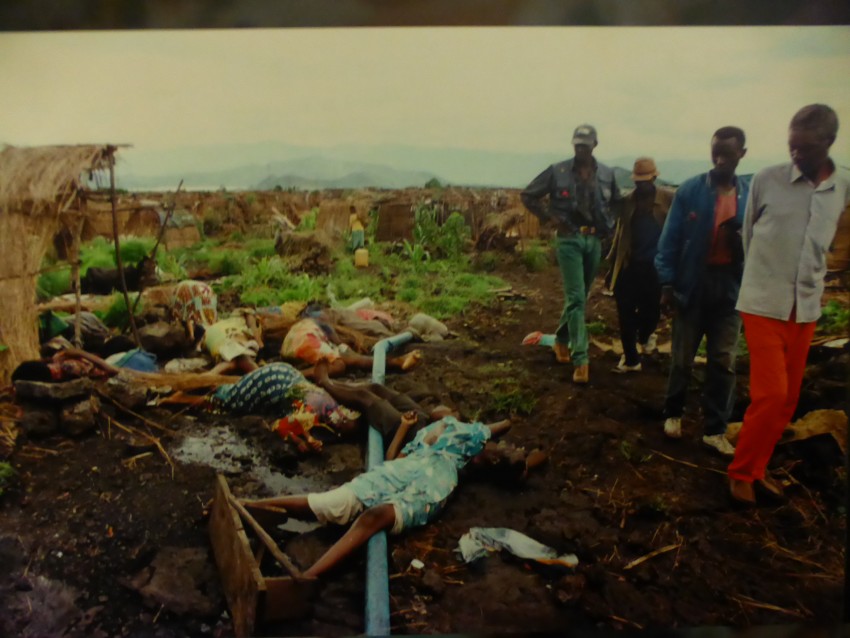
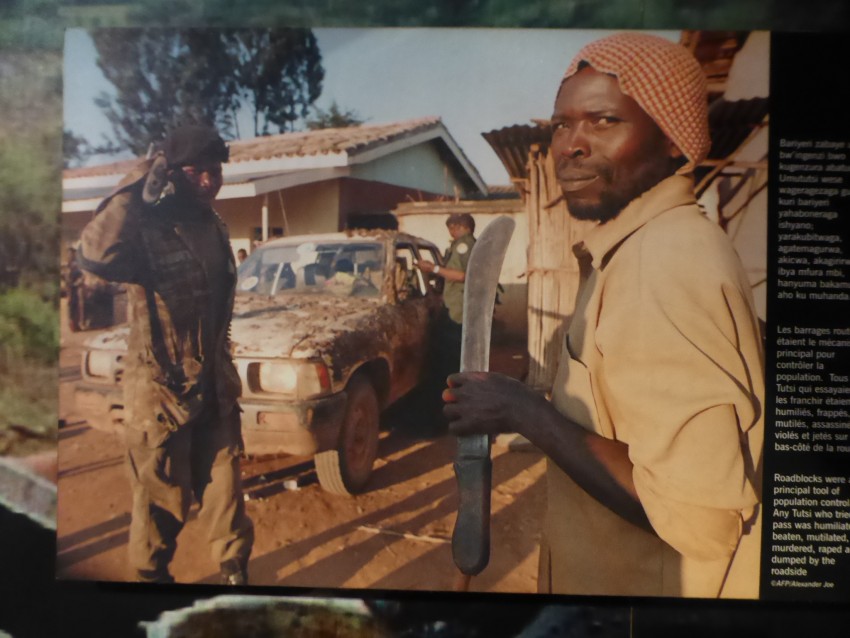










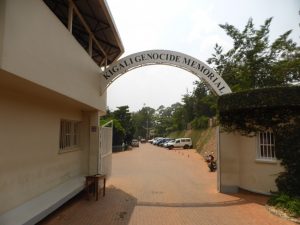
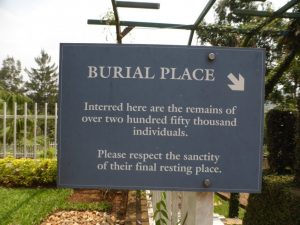








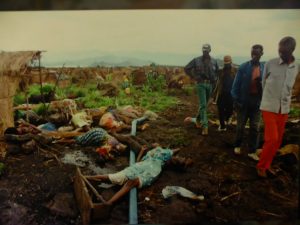
















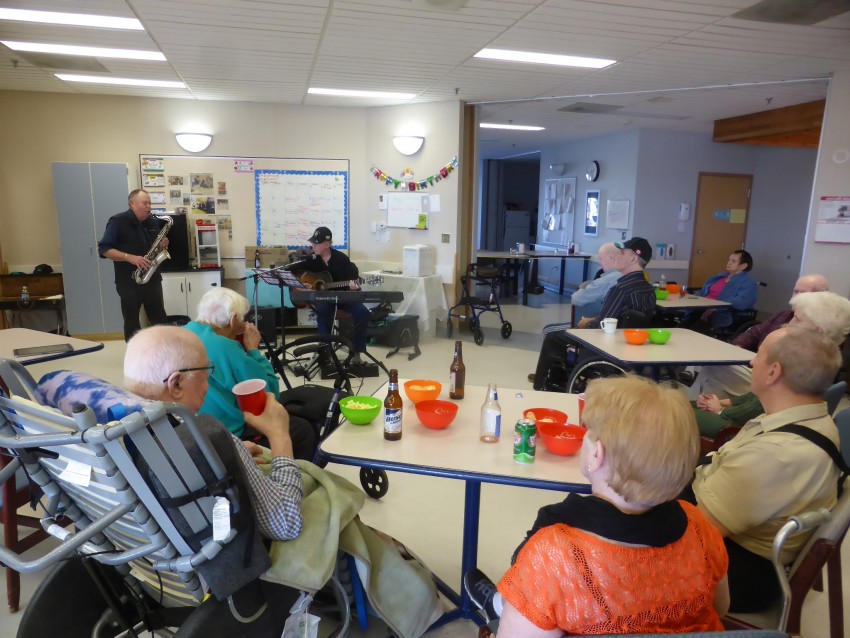


So so sad… 🙁
Can I just say what a relief to find someone who actually knows what theyre talking about on the internet. You definitely know how to bring an issue to light and make it important. More people need to read this and understand this side of the story. I cant believe youre not more popular because you definitely have the gift.